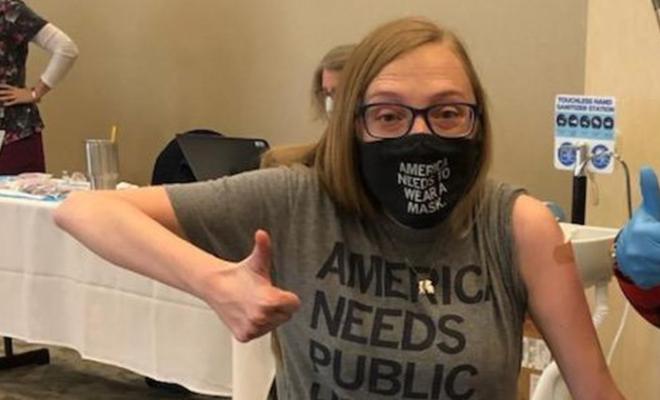I was so excited to have the opportunity to watch more of the North American Cystic Fibrosis Conference sessions this year because of the virtual option. One of the sessions I wanted to listen to was, “The Epidemiology & Management of Nontuberculous Mycobacteria (NTM) Infection.” I was interested in this session because I had heard of NTM in clinic a few years ago for the first time and then had read some Foundation blog posts about it. The treatment that I read about to help eradicate NTM was intense. I wanted to better understand the type of treatment that is currently being done and the possibilities of new treatments to target such a resistant bug.
The session was very informative about how NTM may present in people with CF, why treatment may not need to be immediately started after someone cultures NTM, and how transmissible it can be.
I found it interesting to see the different categories of emerging therapies to help treat NTM include repurposing existing drugs, the development of novel drugs that target NTM, and augmenting a host defense against NTM. The first category of emergent therapy, while not approved by the U.S. Food and Drug Administration for the treatment of NTM, seems to be the quickest way to get additional therapy to individuals who culture for NTM. I was surprised to learn that the antibiotics for NTM were ones I had already taken to help fight other resistant bacteria that I culture. For me, the familiarity of these drugs helps reassure me that there are treatments out there to fight such a resistant bacterium.
I am fortunate that I do not currently culture for NTM, but I know that it is always a possibility. I plan to speak to my CF care team about their approach to treating NTM, especially now with so many CF patients on CFTR modulators, and whether that means treatment can be delayed or less aggressive than previously. The algorithm used in the PATIENCE clinical trial to determine treatment for NTM reminded me that CF is such a person-specific disease -- even if a person cultures the same bug as someone else, the treatment may not always be the same.
This session gave me hope that even when infections from “rare” bacteria are found in the CF community, the care teams and researchers don't wait to find novel treatments to improve the lives of people with CF.
I'm thankful for the hardworking researchers and clinicians who spend their time looking for ways to help people with CF fight infections so that they can have a great quality of life.
Interested in sharing your story? The CF Community Blog wants to hear from you.






